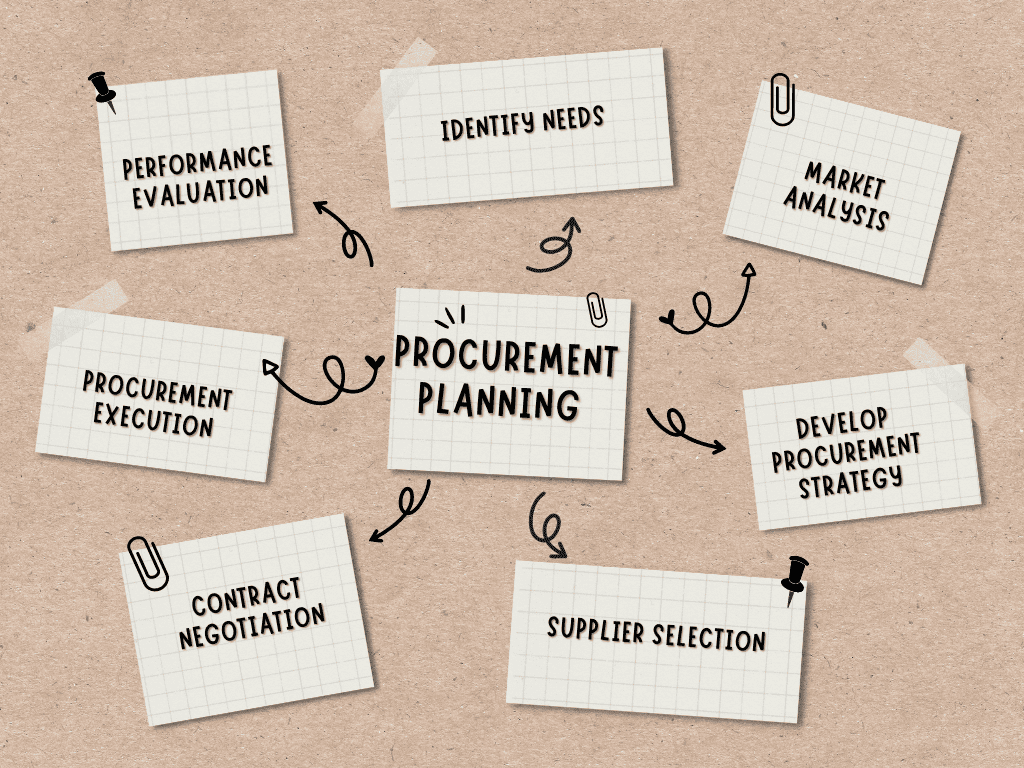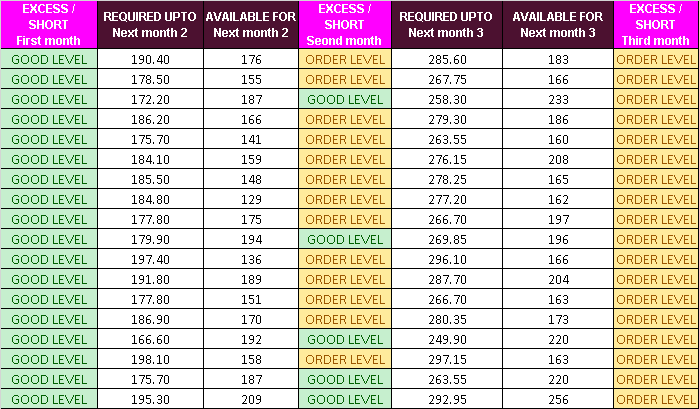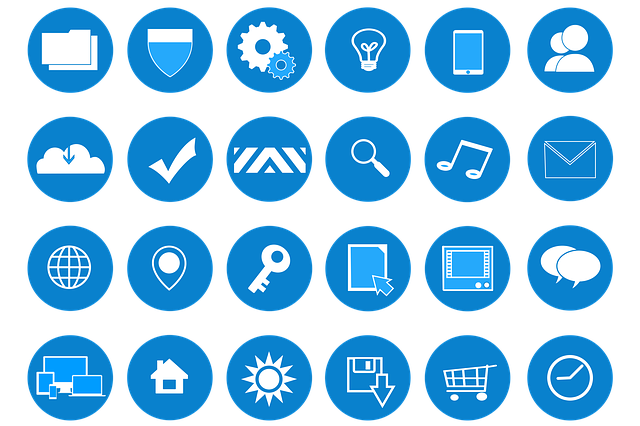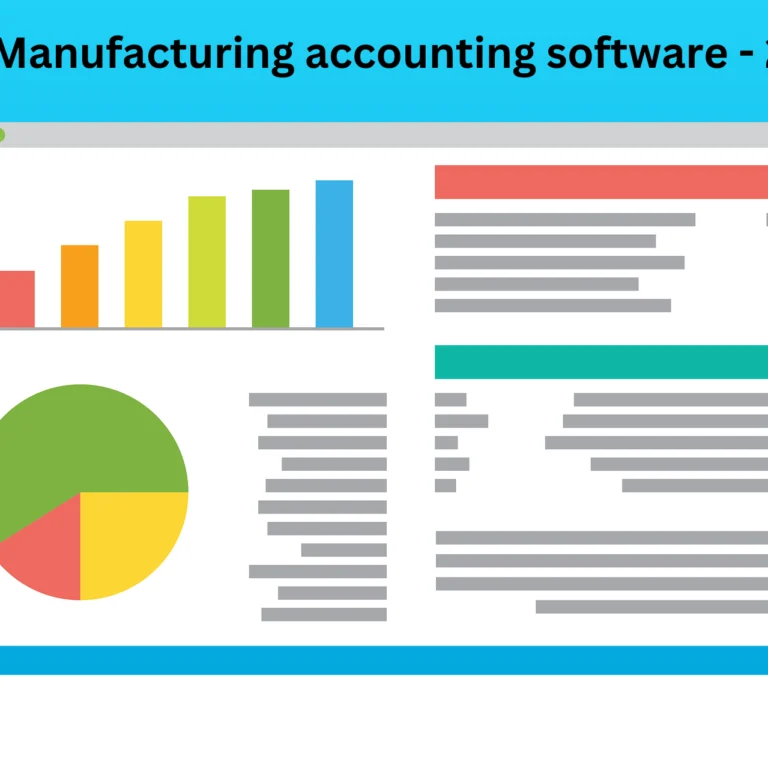Table of Contents
Procurement planning
Procurement planning plays a vital role in the success of any organization’s operations. To meet organizational needs, goods, services, and resources are identified, assessed, and acquired systematically. Effective procurement planning enables businesses to optimize their purchasing activities, mitigate risks, and ensure cost efficiency.
An organization can develop comprehensive procurement plans aligned with its objectives by strategically analyzing market trends, supplier capabilities, and internal requirements. This proactive approach fosters streamlined processes, enhances supplier relationships, and ultimately contributes to improved operational performance and customer satisfaction.
What is procurement planning? unlocking the potential !
Procurement planning refers to the strategic process of identifying and procuring goods, services, and resources needed to support an organization’s operations. It involves analyzing market conditions, assessing supplier capabilities, and aligning procurement activities with business objectives. By forecasting demand, optimizing sourcing strategies, and considering factors like quality, cost, and risk, procurement planning aims to ensure efficient and effective procurement outcomes.
This proactive approach enables organizations to make informed decisions, minimize disruptions, enhance supplier relationships, and ultimately achieve cost savings while meeting their operational needs.
Download procurement planning template for free !!
You can remove and add your details such as material code, material description, category, unit, opening stock, and previous three months’ stock outflow, and adjust to the expected quantity of materials arriving next month and the next four months. This will provide you with a clear picture of where you are likely to face material shortages. You will be able to plan your procurement more effectively if you do this.
Procurement planning process
The procurement planning process involves several key steps to effectively manage the acquisition of goods, services, and resources.

Identify Needs:
The process begins by identifying the organization’s needs and requirements. Assessing existing inventory or assets, determining the specific items or services required, and determining the scope of the project are all part of the process.
Market Analysis:
Conducting a thorough analysis of the market is crucial. This involves researching suppliers, evaluating market trends, and assessing the availability and pricing of the required goods or services. Market analysis helps identify potential suppliers and provides insights into cost-effective options.
Develop Procurement Strategy:
Based on market analysis, an effective procurement strategy outlines the approach to be taken, such as competitive bidding, negotiation, or collaboration with existing suppliers. Aside from quality, cost, and sustainability, risk management is also taken into account.
Supplier Selection:
The next step is to identify and select the most suitable suppliers. This involves issuing requests for proposals (RFPs) or requests for quotations (RFQs), evaluating supplier responses, and conducting supplier assessments to ensure their capabilities align with the organization’s needs.
Contract Negotiation:
Once suppliers are selected, negotiations are conducted to establish terms and conditions, pricing, delivery schedules, and any other relevant contractual agreements. Effective negotiation skills are critical to secure favorable terms and mitigate potential risks.
Procurement Execution:
With contracts in place, the procurement process moves into the execution phase. This includes managing purchase orders, monitoring supplier performance, and ensuring timely delivery of goods or services.
Performance Evaluation:
Continuous evaluation of supplier performance and ongoing monitoring of procurement activities are essential. This helps identify areas for improvement, track cost savings, and make necessary adjustments to enhance future procurement processes.
Procurement planning example
A manufacturing company, ABC Industries, is planning its procurement activities for the upcoming year. After analyzing market trends and forecasting production needs, they identify the requirement for raw materials, machinery components, and maintenance services. ABC Industries conducts market analysis, evaluating suppliers based on quality, price, and delivery capabilities. They develop a procurement strategy that involves a combination of competitive bidding for raw materials, long-term contracts with machinery suppliers, and maintenance services sourced from specialized vendors.
ABC Industries then selects suppliers through a rigorous evaluation process, negotiating favorable terms and conditions. Throughout the procurement execution phase, they closely monitor supplier performance, ensure timely delivery, and conduct periodic performance evaluations to optimize their procurement processes and achieve cost savings while maintaining production efficiency.
Types of procurement planning
Strategic Planning:
It involves developing a comprehensive strategy that takes into account factors such as market analysis, supplier relationships, risk management, and sustainability to align procurement activities with the organization’s long-term goals.
Operational Planning:
An operational procurement plan involves the day-to-day procurement activities, including identifying immediate needs, sourcing suppliers, issuing purchase orders, managing contracts, and monitoring supplier performance.
Project-Based Planning:
Project-based procurement planning revolves around procurement requirements specific to a particular project or initiative. It involves determining the procurement needs, estimating costs, identifying suppliers, and managing the procurement process within the project timeline.
Emergency Planning:
This type of planning is employed in situations where there is an urgent need for goods or services due to unforeseen events or emergencies. It focuses on expediting the procurement process to ensure quick and efficient sourcing and delivery of critical supplies.
Importance of procurement planning
Cost Efficiency:
It enables organizations to optimize their purchasing activities, negotiate favorable terms, and identify cost-saving opportunities. It ensures that resources are procured at competitive prices, minimizing wasteful spending and maximizing cost efficiency.
Risk Mitigation:
By conducting market analysis, supplier assessments, and considering factors like quality and reliability, procurement planning helps mitigate risks. It ensures that suppliers are reputable, capable of meeting requirements, and have contingency plans in place, reducing the likelihood of disruptions in the supply chain.
Supplier Relationship Management:
To establish long-term partnerships with suppliers, negotiate mutually beneficial agreements, and collaborate on continuous improvement initiatives, organizations must engage in strategic procurement planning.
Improved Operational Performance:
It aligns procurement activities with organizational objectives. It supports smooth operations and enables the organization to meet customer demands effectively by procuring the right goods and services promptly.
Compliance and Transparency:
It helps organizations adhere to regulatory requirements and maintain transparency in their procurement processes. It ensures that ethical and sustainable practices are followed, promoting corporate social responsibility and enhancing the organization’s reputation.
Procurement planning template free download

How to use this template
You can remove and add your details such as material code, material description, category, unit, opening stock, and previous three months’ stock outflow, and adjust to the expected quantity of materials arriving next month and the next four months. This will provide you with a clear picture of where you are likely to face material shortages. You will be able to plan your procurement more effectively if you do this.




